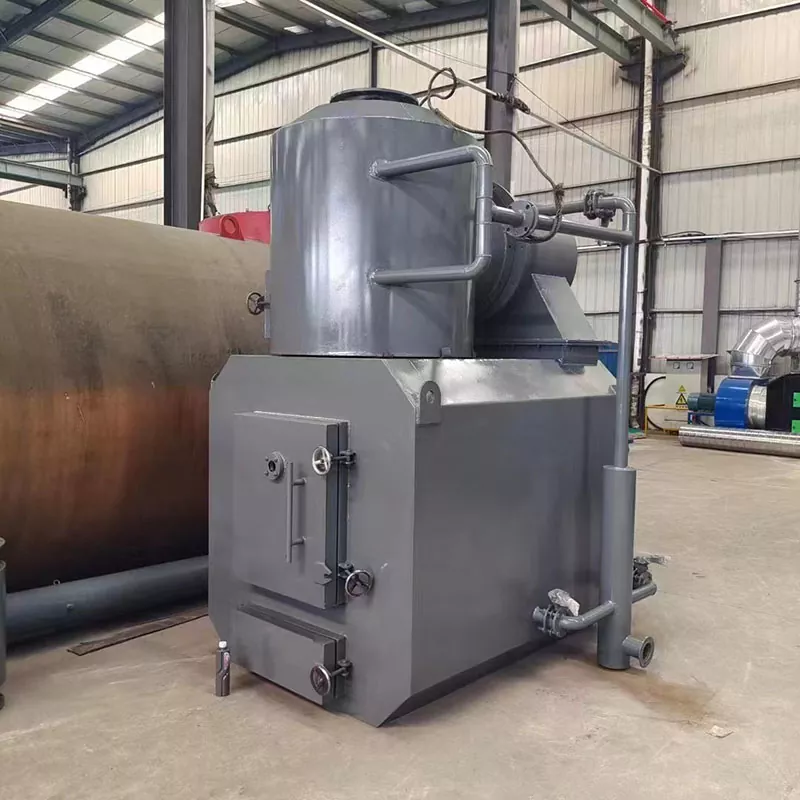Why Animal Carcass Incinerators Are Essential for Biosecurity and Farm Safety
2025-04-30
In modern agriculture and veterinary operations, proper disposal of animal remains isn’t just about hygiene—it’s a matter of biosecurity and public health. This is where animal carcass incinerators play a vital role.
What Is an Animal Carcass Incinerator?
An animal carcass incinerator is a high-temperature combustion system designed to burn dead animals, infected or otherwise, down to sterile ash. These machines are used in farms, veterinary clinics, slaughterhouses, and rendering facilities.
The Biosecurity Risk of Improper Disposal
Disposing of dead animals in open pits or landfills carries serious risks:
- Spread of disease (e.g., avian flu, foot-and-mouth)
- Attraction of vermin and scavengers
- Contamination of groundwater
Incineration effectively eliminates pathogens, parasites, and odors, ensuring that the remains don’t pose a further threat to livestock or human health.

Clean and Efficient Disposal
Modern incinerators are engineered to be energy-efficient and environmentally conscious. Many models include:
- Dual-chamber combustion: Burns at 850–1100°C to ensure complete sterilization
- Smoke and odor control systems
- Automatic loading and monitoring features for ease of use
Farm-Friendly Design
Animal carcass incinerators come in a variety of sizes and are often designed to be compact and mobile. Whether it’s poultry, swine, cattle, or pets—there are models suited for every type of operation.
Final Thoughts
If you operate a farm, animal shelter, or veterinary service, investing in a reliable carcass incinerator is not just responsible—it’s essential. It supports a healthier environment, safer food systems, and peace of mind.


